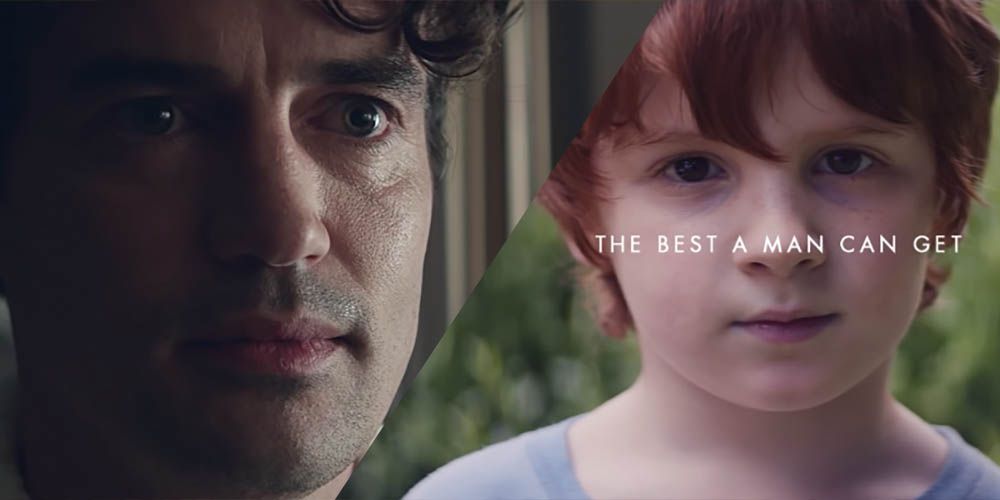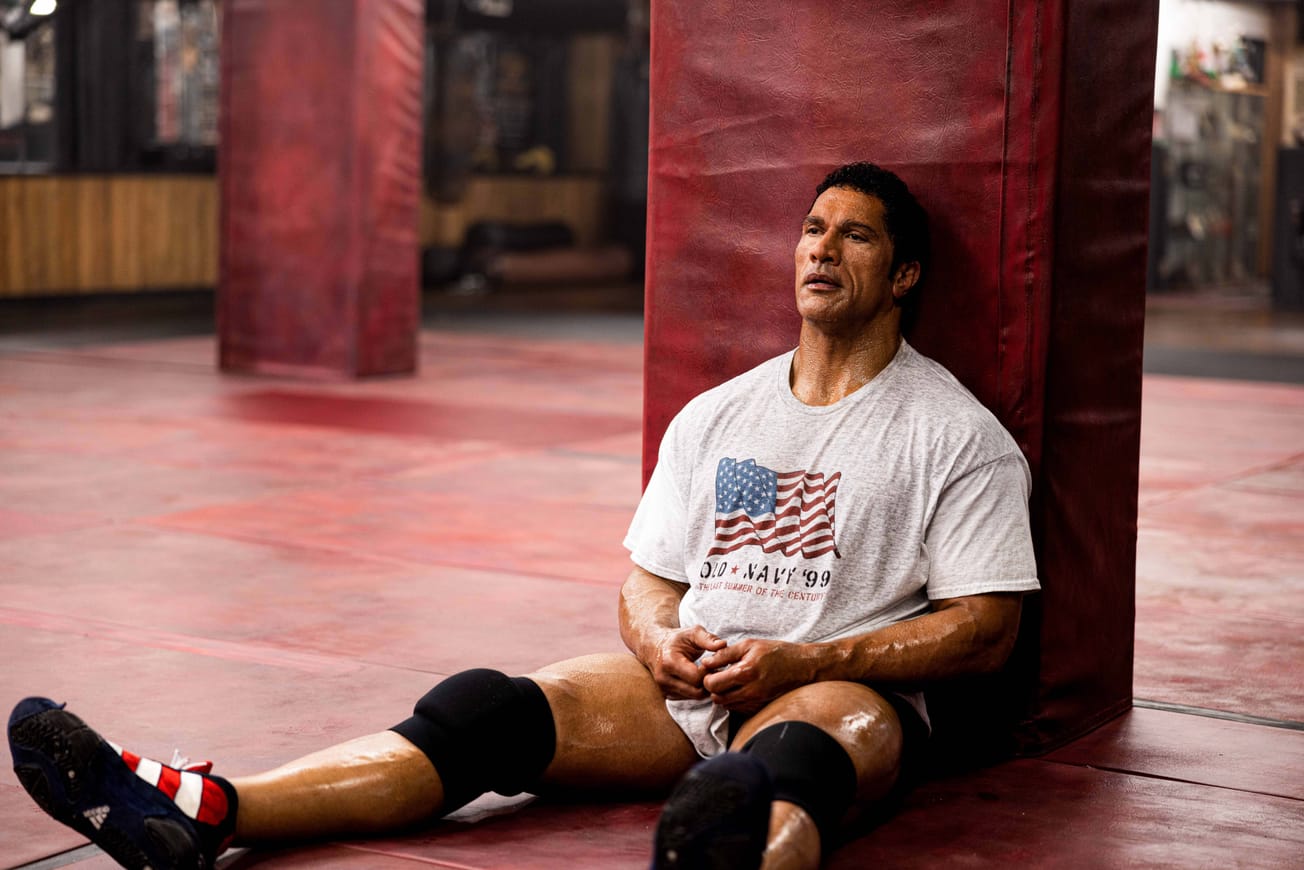By Ellie Brown, Second Year, Sociology and Politics
In the wake of Gillette’s divisive advert criticising toxic masculinity, the purpose of such social commentaries in marketing campaigns was questioned in Epigram Comment, but why are companies seeking to associate their miscellaneous products with more complex issues?
Solemn men gaze into the mirror. News about the #MeToo movement fades in. A voiceover asks the fateful question:
‘Is this the best a man can get?’
Youtube / Gillette
If you recognise this description, you’re not alone. Gillette’s advert, released January 13, received widespread attention. At the time of writing, the video has over 28 million YouTube views and over 400 thousand comments, whilst on Twitter it has been retweeted 239 thousand times and has twice as many likes. Why has a mere advert become such a phenomenon?
The answer: the social commentary contained within it. For Gillette this was no mere advert; razors and shaving hardly feature at all, and references to Gillette only appear at the beginning and end. The company even described it as a ‘short film’ on their YouTube account. So, what replaced the focus on products which has marked so much of Gillette’s previous marketing?
There’s a lot of fuss over that @Gillette advert!? It’s basically just saying be good men, teach your sons to be good men. End of. If that somehow upsets your masculinity then I think it probably says more about you than the advert. Anyway... who’s for a vegan sausage roll? 😜
— Scott Garnham (@ScottGarnham) January 15, 2019
Masculinity. We are shown scenes of boys learning ‘toxic masculinity’ – i.e. behaviours involving sexual harassment and bullying – from male role models, TV shows, and even Gillette’s own 1989 advert. These are then intercut with more footage of the #MeToo controversies, thus linking everyday behaviours with wider social problems.
Towards the end, the viewer is shown a solution: positive male role models intervening when they see these behaviours happening, so that the ‘boys of tomorrow’ learn to be better. Set to stirring violin music, the video concludes with a link to Gillette’s ‘The Best a Man Can Be’ campaign. Yet why did a company which sells razors choose to take a stand on social issues?
What a wholly discriminatory, sexist and misguided 'advertisement', which literally slaps its entire loyal MALE client base in the face!! The 'ad' portrays the MAJORITY of men as bad, when the OPPOSITE is true!! Utterly disgraceful beyond belief!!#BoycottGillette
— John Ghaly (@J_Ghaly) February 2, 2019
For some, the answer is simple. Gillette’s advert is part of a wider trend of ‘wokewashing’, where companies use social issues as part of their marketing. For example, Nike’s ‘Dream Crazy’ campaign featured Colin Kaepernick, a US football player famous for his public protest over #BlackLivesMatter, as the advert narrator and the face of their posters.
Meanwhile, Heineken’s ‘Worlds Apart’ film, Pepsi’s Kendall Jenner commercial, and the ‘#LikeAGirl’ advert by Always also used social issues to sell their product, though with differing amounts of success. However, this still doesn’t explain why social issues in advertising have become so widespread.
Another reason is that many social issues are divisive; #MeToo had many critics as well as supporters. They are also widely covered in traditional media outlets and talked about on social media. So, adverts taking a stand on these issues are likely to be noticed and talked about, meaning a rise in brand awareness – and hopefully sales.
This was definitely the case with Gillette. According to MediaToolkit analysis, mentions of the brand in a single day increased from 500 to almost 200,000 in the space of two days, around when the advert was released. YouGov also reported a 12 per cent increase in brand awareness, though Gillette’s ‘buzz’ score dropped significantly, indicating that negative reports of the brand were outweighing positive ones.
Youtube / Nike
Indeed, such publicity may not have worked in Gillette’s favour. On YouTube, the advert has 1.5 million dislikes compared with about 700 thousand likes, and #BoycottGillette made up 40 per cent of the tweets relating to the brand on Twitter. Compared with the amount of kudos Nike gained for its ‘brave’ advert, this suggests that Gillette’s advert was a misstep rather than a success – though sales have not significantly reduced yet.
Gillette and Pepsi’s ‘tone-deaf’ adverts, and their effects on the brand’s reputations, suggests that involving social issues in campaigns is a risk that doesn’t necessarily pay off. Perhaps brands such as Gillette really have grown a conscience? The fact that they are donating $1million a year over three years to companies which help men ‘be the best they can be’ suggests the statement is not just lip service. Then again, others have pointed out that Gillette is far from being an ethical company, suggesting that profits are still at the top of their mind.
Still, why should companies take a stand on such a contentious topic? Other explanations seem more convincing. First, market research shows that customers care about social responsibility, as three in four global consumers prefer to buy products from companies which take action on social issues. Second, start-ups have made the marketplace more crowded, with Gillette’s market share decreasing from 70 per cent to 50 per cent due to new contenders such as Dollar Shave Club.
businesses aren't your friends and doing adverts about social issues doesn't change that, however, angry men posting pictures of themselves destroying low value consumer items over it is very funny
— you have selected regicide (@iggigg) January 15, 2019
As well as this, it is no accident that all these campaigns have been centred around liberal causes. Liberal consumers are likelier to trust that a brand’s campaign on a social issue is authentic, versus conservatives who tend to view these more cynically. Gillette may have been attempting to capture the millennial market through its inclusive and progressive message, and evidence from one study suggests that it succeeded, as its sample of young men viewed the advert positively.
Overall, however you view the Gillette advert, ‘woke’ advertising is here to stay. Whether this reflects a new conscientiousness among companies and customers, or if it is a ploy to make consumers feel good in an age of unsustainable and exploitative capitalism, is up for debate.
Featured Image: Photo courtesy of Gillette
Are you concerned by companies manipulating consumers through marketing campaigns commenting on social issues?
Facebook // Epigram Film & TV // Twitter









